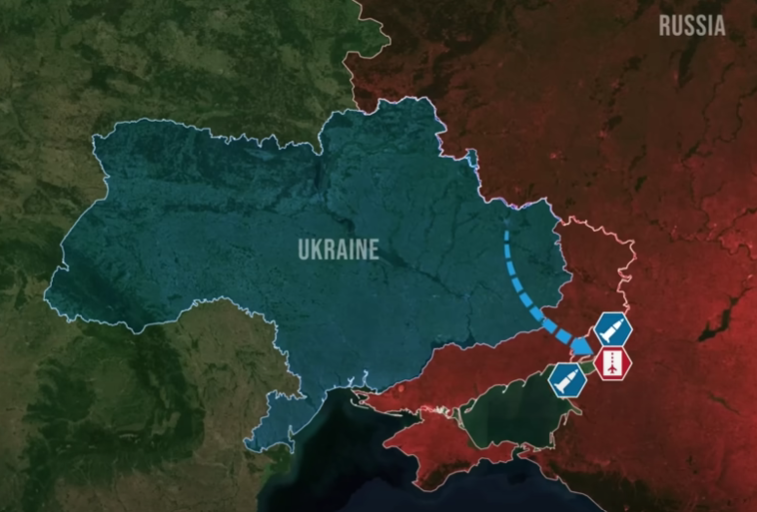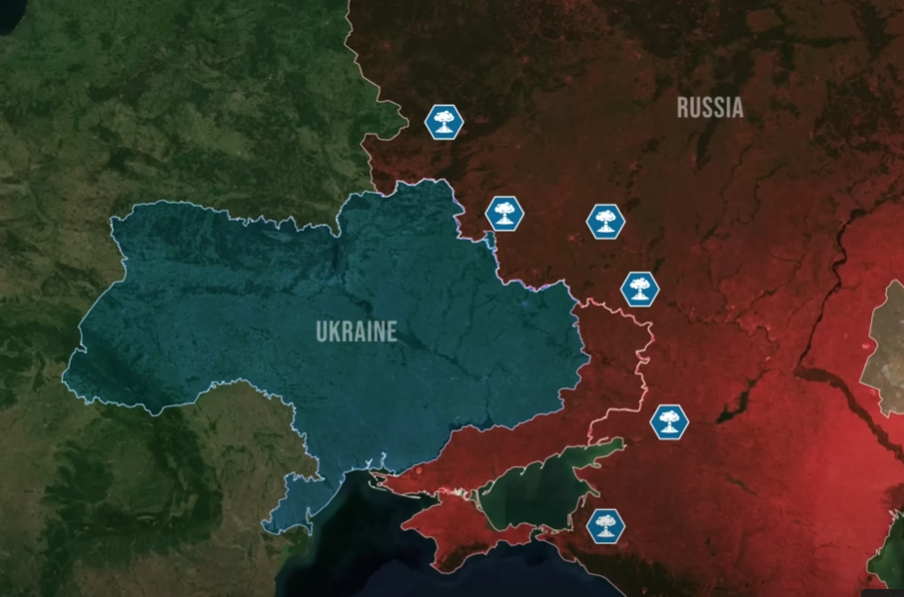Frontline report: Ukraine strikes Russian air base with ATACMS missiles crippling aircraft repair capabilities
Ukrainian forces launched six ATACMS missiles at a strategic air base, destroying an aircraft repair facility that supports critical A50 early warning planes.


Day 1026
On 15 December, there were many interesting updates from the Russian Federation. Ukrainians received approval to use long-range supersonic attack ATACMS missiles. They successfully used them to hit targets deep in the Russian rear.
Seeing the devastating effect of their previous attack and strikes on the Russian war effort, the Ukrainians launched the second wave of strikes, further straining the Russian war effort.
The first target of Ukraine’s strikes was a strategically important air base in the city of Taganrog.

Ukrainian forces employed six ATACMS missiles in the attack, inflicting significant damage on the aircraft repair plant located near the air base. This destruction will hinder Russia’s ability to maintain and repair critical strategic aircraft, such as A50 Airborne early warning and control planes, as well as other military aircraft. The Russian Air Force will face reduced operational capacity, with fewer combat sorties and diminished air strike effectiveness due to limited airborne radar coverage and basis to facilitate such strikes.
The second target was the town of Markine, where Ukrainian attack strikes destroyed a large ammunition depot. The resulting explosion was visible for kilometers and audible even further away. The strikes on Mariupol bases, specifically along with the inflicted destruction in Markine, will significantly disrupt Russian Ground Force logistics.
Moreover, several days before that, Ukrainians also targeted a train depot in the Bryansk region, destroying two locomotives critical for Russian supply operations. Since most Russian logistics rely on railways, such strikes cause immediate and significant equipment shortages and delays in frontline resupply efforts.
The success of Ukraine’s recent ATACMS strikes lies in the missile’s immense destructive power. Weighing 1,600 kg, the ATACMS carry a warhead with over 500 kg of explosive material, making it far more destructive than most other missiles, including standard HIMARS rockets. This capability allows Ukraine to severely damage critical Russian infrastructure that directly impacts the war effort, such as command centers, military production facilities, power plants, metallurgical plants, oil refineries, and military repair facilities.
Striking such targets not only weakens Russia’s military capacity but also significantly affects its economic stability, slowly altering the course of the war.
The Ukrainians also utilized Palen drones to complement the ATACMS strikes to maximize the effectiveness of these strikes on Russian critical infrastructure. Drones were deployed ahead of the missiles to probe and exhaust Russian air defenses by forcing them to expand ammunition.

This tactic overextends Russian systems, including their advanced S400, which can only track up to 36 targets simultaneously. As a result, large drone swarms preceding ATACMS strikes overwhelm Russian operators, forcing them to make high-pressure decisions about which aerial threats to prioritize. This chaos enables ATACMS missiles to bypass air defenses with a much higher probability of successfully hitting their intended targets.
This strategy enabled the Ukrainians to target the oil depot in Bryansk with several ATACMS missiles. The resulting explosions were so massive that they were heard well beyond the city, indicating severe damage. Destroying Russian oil depots deals a critical blow to their war efforts, causing short-term fuel shortages. Such shortages delay the deployment of certain units to the front or force them to hold ongoing attacks while awaiting refueling. This disruption could paralyze or pacify specific front sections, reducing fire support and troop mobility in armored vehicles and creating opportunities for Ukrainian counterattacks.
Overall, the second Ukrainian wave of ATACMS precision strikes deep behind Russian lines inflicted severe damage on Russian frontline logistics.

Together with a short-term hampering of aerial operations on the front, these strikes will enable the Ukrainians to reduce the pressure on their frontline units as the Russian forces suffer from a short-term shortage of ammunition. Simultaneously, the Russian government will be forced to redirect funds from the war effort to repair and rebuild damaged and destroyed critical infrastructure from Ukrainian strikes, forcing a slowdown of offensive operations.
In our daily frontline report, we pair up with the military blogger Reporting from Ukraine to keep you informed about what is happening on the battlefield in the Russo-Ukrainian war.
Read also:
- Frontline report: Ukraine executes precision strikes on Russian military facilities with innovative Sea Baby drones
- Frontline report: Ukrainians lure, ambush Russian armor group in Kursk using seized communications
You could close this page. Or you could join our community and help us produce more materials like this.
We keep our reporting open and accessible to everyone because we believe in the power of free information. This is why our small, cost-effective team depends on the support of readers like you to bring deliver timely news, quality analysis, and on-the-ground reports about Russia's war against Ukraine and Ukraine's struggle to build a democratic society.
A little bit goes a long way: for as little as the cost of one cup of coffee a month, you can help build bridges between Ukraine and the rest of the world, plus become a co-creator and vote for topics we should cover next. Become a patron or see other ways to support.



